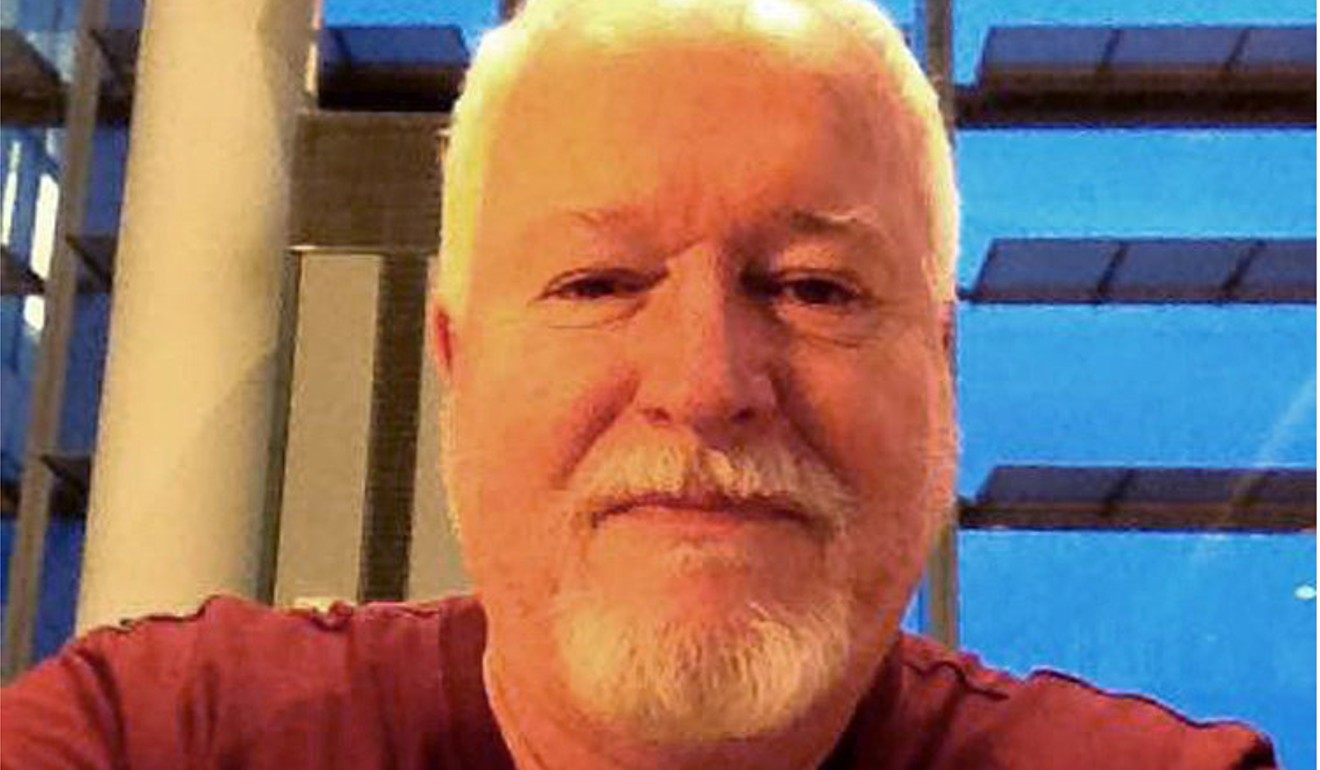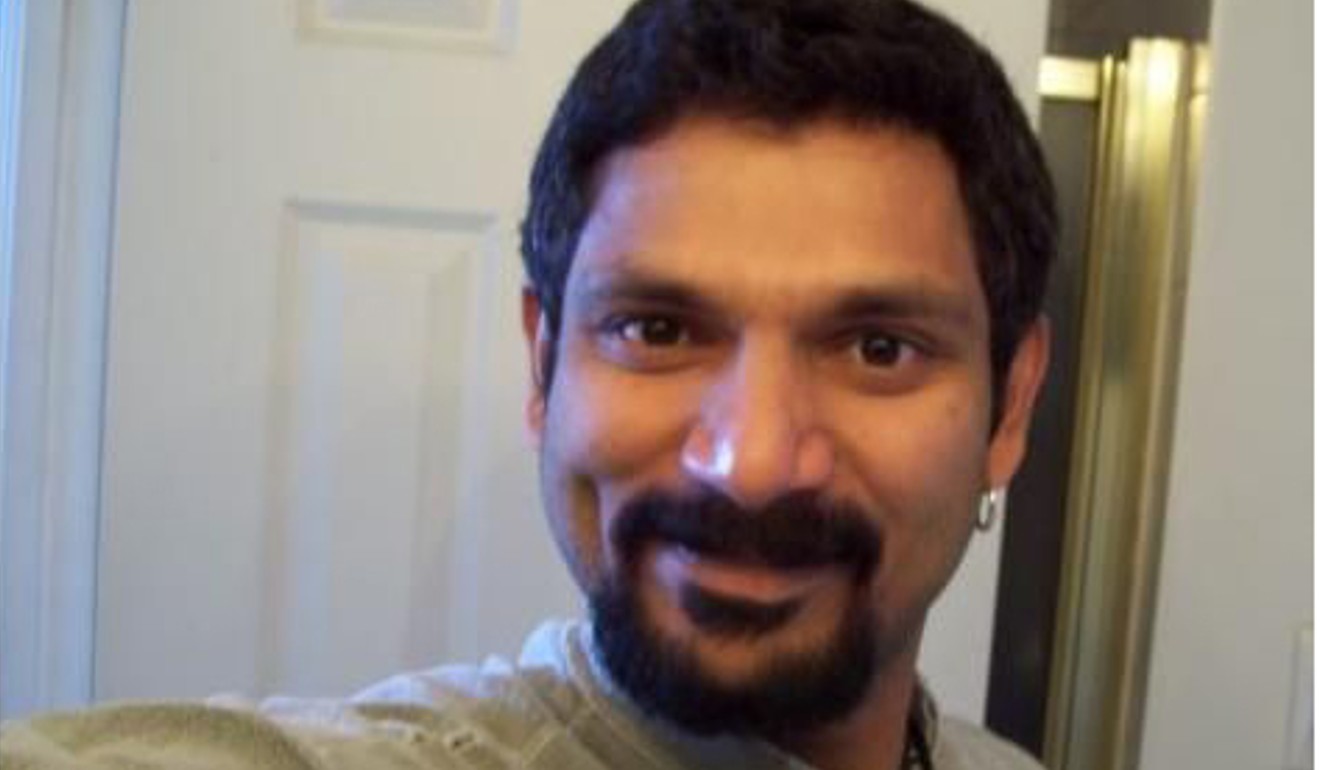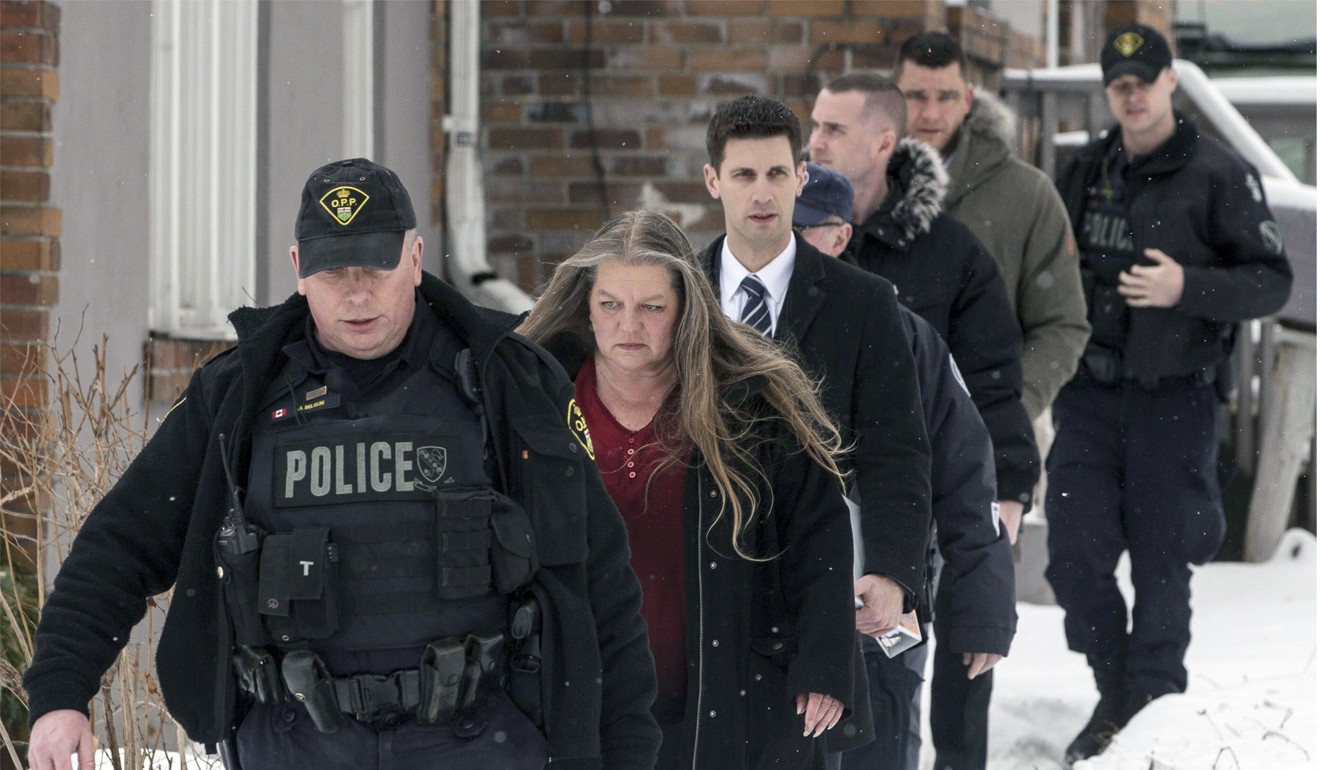
Did Toronto serial killer seal his own fate when he picked Andrew Kinsman as his victim?
Kinsman was gay, but he did not fit the profile of other missing men – he was a beloved and loyal friend to many in the gay community, and they noticed his absence immediately

One was homeless, smoked crack cocaine and worked as a prostitute. Another was from a conservative Muslim family and hid the fact that he was gay from his family. Another was a recent immigrant with a drug problem.
Some of the known and suspected victims of alleged serial killer Bruce McArthur fit a pattern: people on the margins of Canadian society whose disappearance attracted little attention.
But then Andrew Kinsman vanished. The 49-year-old LGBQT activist and former bartender in Toronto had many friends. When he suddenly went missing the day after Toronto’s Gay pride parade, his friends noticed quickly, and so did the police.

He was well known. When we saw his face on missing posters we were like ‘What is going on here?’
“There’s a part of me that says Bruce wanted to get caught because he broke that pattern of preying on the vulnerable,” said Haran Vijayanathan, a community activist and the executive director of the Alliance for South Asian AIDS Prevention in Toronto.
Police set up a special task force to look into the disappearances of men in the “Gay Village” area of Toronto shortly after Kinsman went missing. McArthur was arrested six months later.
Police have found the remains of six men, but say they believe there are more victims.
McArthur, a 66-year-old landscaper, was arrested on January 18 and charged with murdering Kinsman and Selim Esen, 44, who were last seen in the Gay Village last year. Esen, an immigrant from Turkey, came to Canada to be with a partner he’d met in Turkey, but the relationship didn’t work out. He was unemployed and struggled with drugs, friend Richard Harrop wrote on Facebook.


All the South Asian men that went missing kind of fell by the wayside and nobody paid attention until something happened in the white community
Just this past Friday, police announced McArthur is charged with the murder of Skandaraj Navaratnam, a refugee from Sri Lanka. Friends said McArthur employed and had a sexual relationship with Navaratnam, who was last seen in 2010 leaving Zipperz, a now-closed gay bar. McArthur’s Facebook profile also showed he was friends with Navaratnam.
Lisowick, who was in his mid-40s, hadn’t even been reported missing when police announced he was one of victims.
“He was pretty much a loner most of the time,” said Jeff Tunney, a friend who rented the common area of his apartment to Lisowick for two months. “He really didn’t know too many people. He had a hard time trusting people, which I can understand now why.”
Kinsman, on the other hand, had search parties and scores of friends looking for him when he went missing in late June. Kinsman was a superintendent and a long-term volunteer at the Toronto People With AIDS Foundation. Friends and family figured he must have been dead after they gained access to his apartment two days after he went missing.
“He would never leave his cat. He would never shirk his duties. He was a superintendent and he didn’t take the garbage out on Wednesday so I knew at that point,” his sister Patricia Kinsman said.

Todd Healey, a former roommate and co-worker of Kinsman’s, described Kinsman as salty, and grumpy if you rubbed him the wrong way, but a loyal friend to many.
“He was well known. When we saw his face on missing posters we were like ‘What is going on here?’” said Charles Cuschieri, another friend.
Police said Kinsman and McArthur had a sexual relationship.
“It baffles me to think that Bruce could think he could get away with it,” Healey said. “If Bruce is predominantly attacking marginalised people, then Andrew is obviously a mistake or he is tripping up because he wants to get caught.”
Police found the remains of at least six men inside planters at a home McArthur used as storage for his landscaping business. Authorities have also checked at least 30 other places he was known to have worked, including in some of Toronto’s wealthiest neighbourhoods, but did not find remains in the planters taken from those homes.


McArthur has not entered a plea. He is under suicide watch and is due back in court Wednesday. Edward Royle, a lawyer for McArthur, has previously declined to comment on the case and didn’t respond to messages for comment this weekend.
Police set up a task force, Project Houston, in 2012 after Navaratnam, Kayhan and Abdulbasir Faizi, an Afghan who immigrated to Canada from Iran, went missing. The three are South Asian or Middle Eastern and frequented gay bars in Toronto’s Gay Village. A relative said Faizi hid that he was gay from his family.
An assistant machine operator at a printing company, Faizi went missing on December 29, 2010. Trying to determine why, his Muslim family accessed his computer and was shocked to discover he had been secretly going to bathhouses in the Gay Village and was on gay dating apps for older and large men with names such as “SilverDaddies” and “Bear411” — sites police later linked to McArthur as well.
When they then went to police, officers suggested he had probably just left, the relative said. Faizi’s wife divorced him, thinking he abandoned her and their two young daughters.
“Police were so convinced that he just decided to leave and start another life. It made the family pretty convinced that that was the case as well,” said the relative, who spoke on condition of anonymity due to a lack of permission from the family to speak publicly.
“Nobody really looked for him.”
Vijayanathan, the community activist, believes police didn’t get anywhere in their investigations until Kinsman, a prominent white man in the community, went missing.
“Until that point, all the South Asian men that went missing kind of fell by the wayside and nobody paid attention until something happened in the white community,” Vijayanathan said.